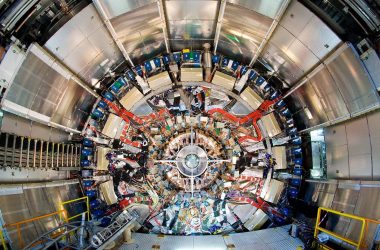It may be arduous to wrap our minds around the very massive and the very small. Ron Koeberer/Millennium Pictures, UK
Think about setting off on a spacecraft that may journey on the pace of sunshine. You received’t get far. Even making it to the opposite facet of the Milky Approach would take 100,000 years. It’s one other 2.5 million years to Andromeda, our nearest galactic neighbour. And there are some 2 trillion galaxies past that.
The vastness of the cosmos defies comprehension. And but, on the elementary stage, it’s manufactured from tiny particles.”It’s a little bit of a overseas nation – each the small and the very large,” says particle physicist Alan Barr on the College of Oxford. “I don’t assume you ever actually perceive it, you simply get used to it.”
Nonetheless, that you must have some grasp of scale to have any probability of appreciating how actuality works.
Let’s begin large, with the cosmic microwave background (CMB), the radiation launched 380,000 years after the massive bang. “The most important scales we’ve measured are options within the CMB,” says astrophysicist Pedro Ferreira, additionally on the College of Oxford. These helped us put the diameter of the observable universe at 93 billion gentle years.
On the different finish of the dimensions, the smallest entities are elementary particles like quarks. But quantum physics paints these as dimensionless blips in a quantum discipline, with no dimension in any respect. So what’s the shortest doable distance?…












